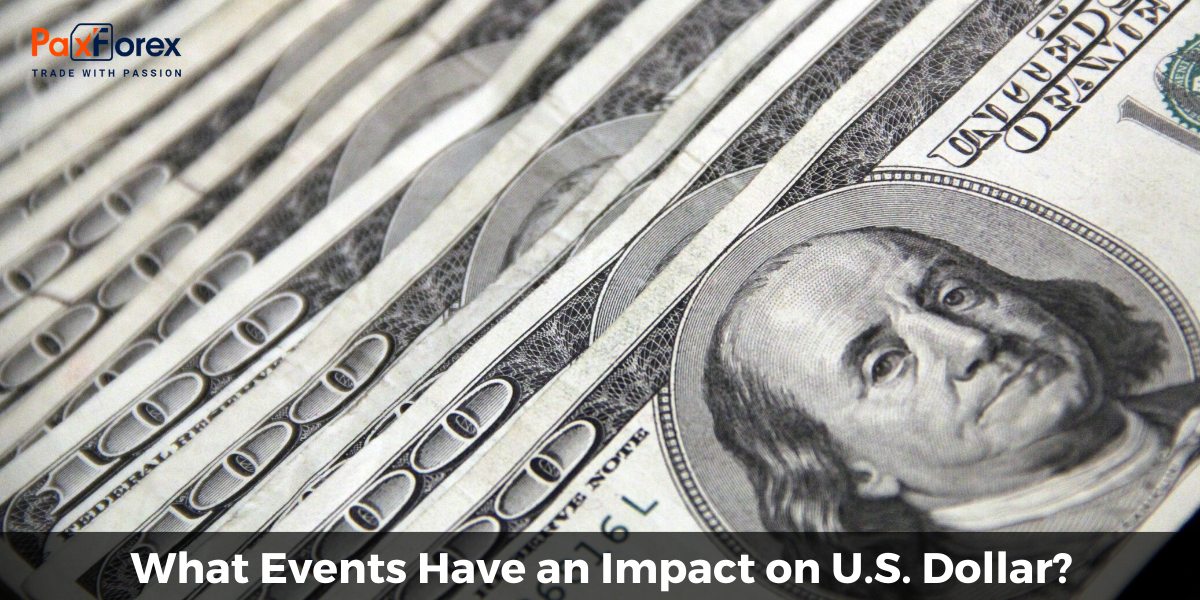
The U.S. dollar is the most popular and most demanded currency in the Forex market. It is both a safe-haven currency and very risky, because all the time it is in high motion. However, it is the constant fluctuations enable traders to get a good profit by selling the U.S. dollar. But not all is so simple.
For successful Forex deals you must be able to predict the possible future direction of the dollar in relation to some of your preferred currency. Analysis of the fundamental events is the assistant who can come in handy.
So what events have an impact on the U.S. dollar? It can be events within the country and those that occur outside. Economic, political and financial events as well as weather conditions related to internal factors. Involvement in conflicts, the price of oil and gold, as well as the general trust - these are external factors. Consider a little bit more on each of these factors, because they affect the direction of the “American”.
Let's start with the external events that influence USD.
Trust
A large number of foreign exchange market participants trust the American currency and conduct their transactions with its help. Sometimes, however, a major player refuses to use the U.S. dollar in the calculations in some transactions, such as Norway and Iraq chose to use Euros instead of dollars in their trading deals related with oil.
Fluctuations in the cost of gold and oil
Change in oil prices or gold also has impact on the dollar. Rising cost of oil or gold reduces the value of the U.S. currency and the reason for this is that the United States is one of the largest consumers of these products.
Participation in military conflicts
Success or failure of the United States in various military conflicts can cause fluctuations in the U.S. dollar. Moreover, even the rumors about such an event as the beginning of involvement in the conflict, may also have impact on the dollar.
And now let’s consider the internal events that may affect the USD.
Economic data
The state of the economy is an important component that affects the formation of USD’s course. However, it is necessary to consider not all indicators but those that have a high importance.
These include macroeconomic indicators such as gross domestic product (GDP), CPI and PPI (reflecting inflation), unemployment rate, trade balance, etc.
Financial indicators
The financial aspect is also quite important, as it has a significant impact on the U.S. dollar. It reflects the state of the banking sector of the United States, the stability of the institutions dealing with finances. These include such indicators the rate of refinancing, interest rate on government bonds and the money supply.
The greatest impact on the U.S. dollar quote of the foregoing data provides the basic interest rate of the U.S. Federal Reserve. They are in direct proportion: if the interest rate rises, the value of the dollar rises too, and vice versa.
Political factor
Political news also affect the U.S. dollar. After all, the events in the policy may lead to changes in the economy. This is due to the fact that every politician has his own views on economy and depending on who is in power the economic situation is changing for the better or for the worse.
Natural phenomena and disasters
Foreign exchange market is quite responsive to events such as natural disasters, whether it's a hurricane or flood. Also, the currency's value may change in relation to other emergency situations.
Having considered all of the fundamental factors affecting the American currency, we should add that it’s quite difficult to predict the behavior of U.S. dollar for long term periods such as six months or a year.
You might also like:
China and the U.S. Inhibit Recovery in Global Manufacture
Influence of Gold on Currency Rates
3 Tips to Grow your Forex Portfolio







